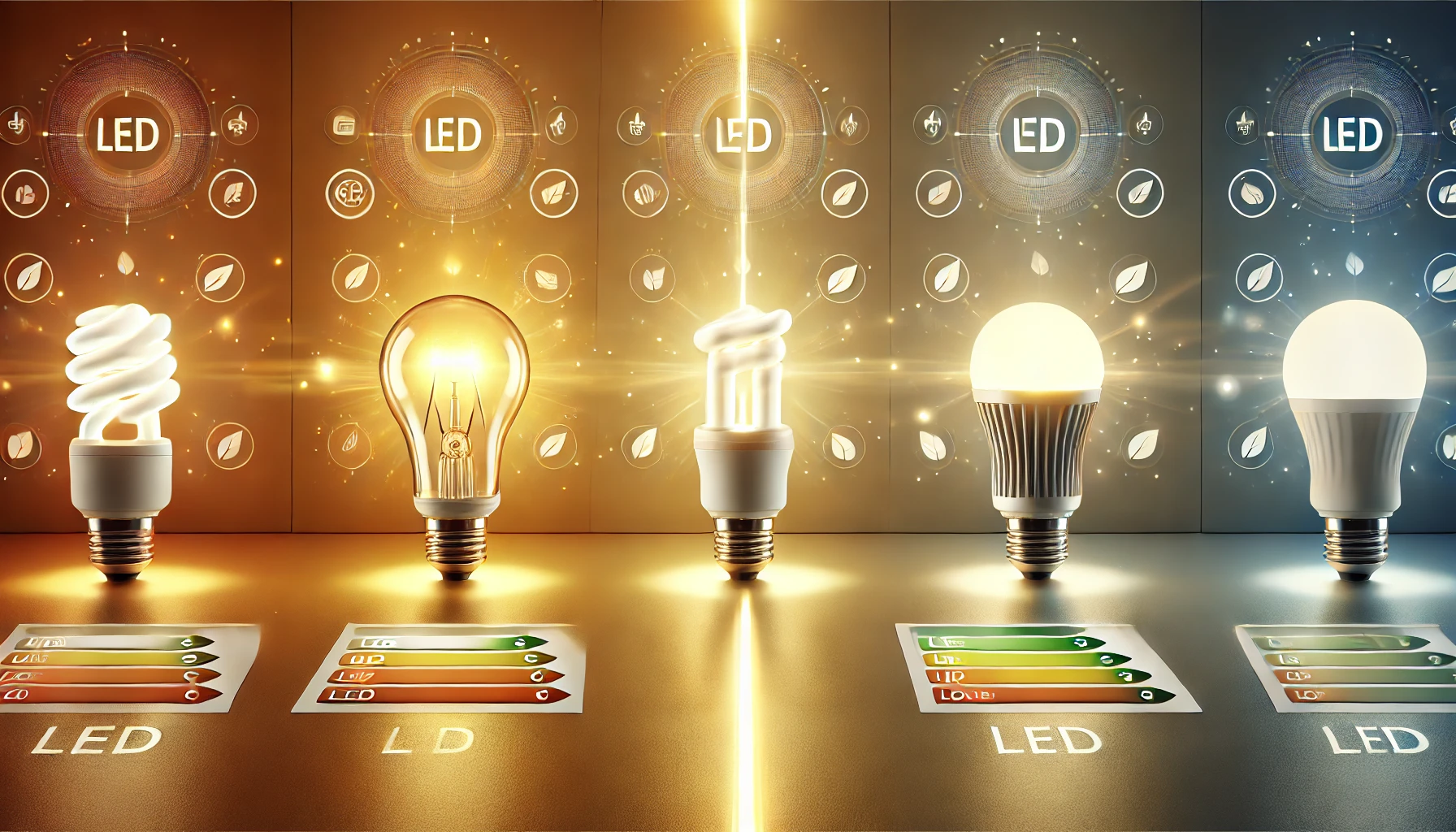
Breaking Down the Benefits of LED vs. Traditional Lighting
Introduction
Ever wondered if making the switch to LED lighting is worth it? Whether you're a sustainability enthusiast or just curious about energy efficiency, you're in the right place. In this guide, we’ll dive into the bright side (pun intended) of LED lighting compared to traditional options like incandescent and fluorescent lights.
Why Lighting Choices Matter
Let’s be real: lighting isn't just about aesthetics. It’s a cornerstone of sustainable living. Choosing the right lighting can significantly impact your carbon footprint, wallet, and overall quality of life. Here’s where Renewable Energy Insights and Sustainable Living Tips come into play.
The Basics of LED Lighting
LED, or Light Emitting Diode, technology has revolutionized how we illuminate our homes and offices. These tiny powerhouses are efficient, durable, and environmentally friendly—a true game-changer in Green Technology Reviews.
The Drawbacks of Traditional Lighting
Remember those incandescent bulbs from back in the day? They’re like the gas-guzzlers of the lighting world. They waste energy, have a short lifespan, and aren’t exactly Climate Change Solutions. On the other hand, fluorescent lights contain harmful mercury, making disposal a headache.
Energy Efficiency: LED vs. Traditional
When it comes to energy efficiency, LEDs are the undisputed champions. Traditional bulbs convert only about 10% of their energy into light, with the rest lost as heat. LEDs, however, are all about efficiency, consuming up to 90% less energy. That’s a win for both your energy bills and the planet.
Long Lifespan: A Key Advantage of LEDs
Did you know LEDs can last up to 25 times longer than incandescent bulbs? It’s like comparing the lifespan of a tortoise to a mayfly. This longevity reduces waste and aligns perfectly with Top Green Building Techniques and How to Live a Zero-Waste Lifestyle.
Cost Savings Over Time
Sure, LEDs might cost more upfront, but think of them as an investment—like buying the Best Electric Vehicles 2025. Over time, the savings on your energy bill will far outweigh the initial expense.
Environmental Impact
If you’re passionate about Climate Change Solutions, switching to LEDs is a no-brainer. They use less electricity, reduce greenhouse gas emissions, and are free of toxic materials. Plus, they pair perfectly with Solar Power for Homes and other Renewable Energy Insights.
Reducing Carbon Footprint
Every LED bulb you switch to helps reduce your carbon footprint. It’s a small change that makes a big difference, just like adopting Energy-Efficient Appliances or exploring How to Make Your Home More Energy-Efficient.
Design Versatility
From dimmable options to color-changing features, LEDs offer unparalleled design flexibility. Whether you're creating a cozy living space or a vibrant outdoor display, there’s an LED solution for you.
Smart Lighting Integration
LEDs are compatible with smart home systems, making them the perfect partner for energy-efficient innovations like smart thermostats and voice-controlled lighting.
Health Benefits of LED Lighting
Unlike traditional lights, LEDs don’t flicker, which can reduce eye strain and headaches. They also come in various color temperatures, allowing you to create a lighting environment that supports your circadian rhythm.
Improved Safety
Because LEDs emit very little heat, they’re safer to use in homes with kids or pets. No more worrying about accidental burns or fires from overheating bulbs!
Conclusion
So, what’s the verdict? LEDs are the clear winner in the battle against traditional lighting. They’re energy-efficient, cost-effective, and environmentally friendly—a true trifecta for anyone looking to embrace sustainable living. Whether you’re upgrading your home or exploring the Benefits of Using Solar Energy at Home, LEDs are a step in the right direction.
FAQs
- Why are LEDs more energy-efficient than traditional bulbs? LEDs use less energy by converting more electricity into light instead of heat.
- Can LEDs be used with solar power systems? Absolutely! LEDs are highly compatible with solar power systems, making them a great choice for sustainable living.
- Are LEDs expensive to buy? While the initial cost is higher, the long-term savings on energy bills make LEDs a cost-effective choice.
- Do LEDs help reduce greenhouse gas emissions? Yes, their energy efficiency leads to lower electricity demand, reducing emissions from power plants.
- What are the health benefits of switching to LED lighting? LEDs reduce eye strain, headaches, and improve overall safety by emitting less heat and flicker-free light.